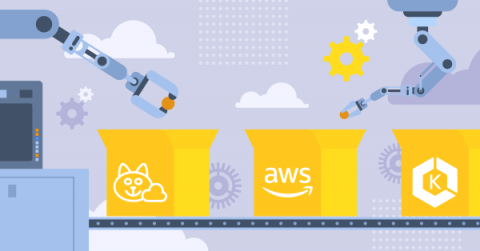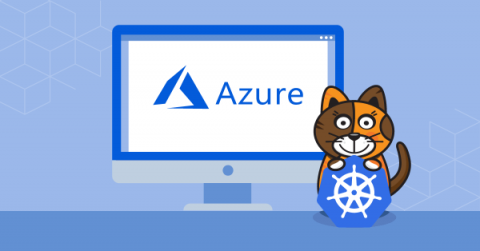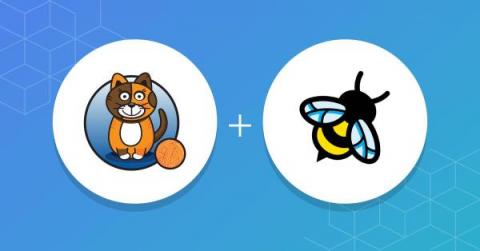Automate Calico Cloud and EKS cluster integration using AWS Control Tower
Productive, scalable, and cost-effective, cloud infrastructure empowers innovation and faster deliverables. It’s a no-brainer why organizations are migrating to the cloud and containerizing their applications. As businesses scale their cloud infrastructure, they cannot be bottlenecked by security concerns. One way to release these bottlenecks and free up resources is by using automation.











